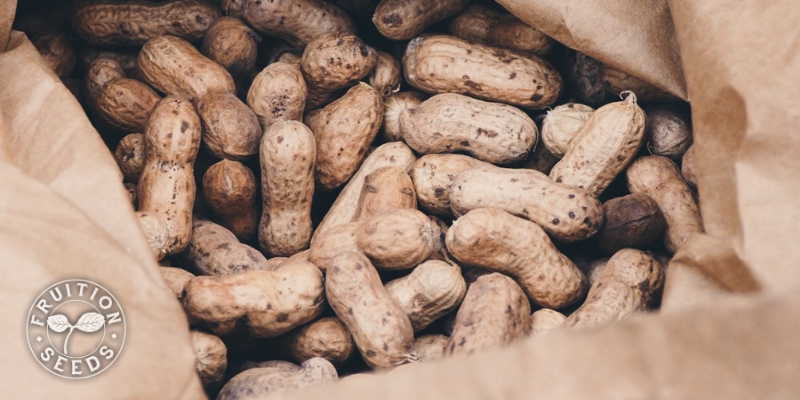My childhood experience of growing peanuts once — and harvesting seven peanuts — convinced me for two decades that growing peanuts in short seasons was extravagantly futile.
Yet seeds, again and again, show me that our imagination is the limit, that regional adaptation is the language of resilience, that we can grow so much more than we think possible.
When we started Fruition Seeds, Matthew and I were gifted a small bag of ‘Northern Hardy Valencia’ peanuts from a family on the Upper Peninsula of Michigan who had selected them for over two decades.
Skeptical as I was, they thrived against many odds, including cold, close spacing and a family of groundhogs.
If you garden in short seasons, as we do, regional adaptation makes a difference with any seed. This is especially true crops that need more heat, like watermelon, peppers, peanuts. We are delighted to share such seeds, and such joy, with you.
Growing Peanuts
If you can grow bush beans, you can grow peanuts. They’re sown at the same time (after final frost) and similar spacing (six inches between plants). Unlike beans, which are harvested in summer, peanuts are harvested after first frost. in spring we sow them, gently removing each seed from each pod. All summer long they produce darling little orange flowers which send down purple pegs, or peduncles, which form peanuts underground when they reach the soil. They’ll continue to mature more and more peduncles and peanuts until the first frost finally freezes the leaves. Here is another video from a few years back, sharing a few other tips!
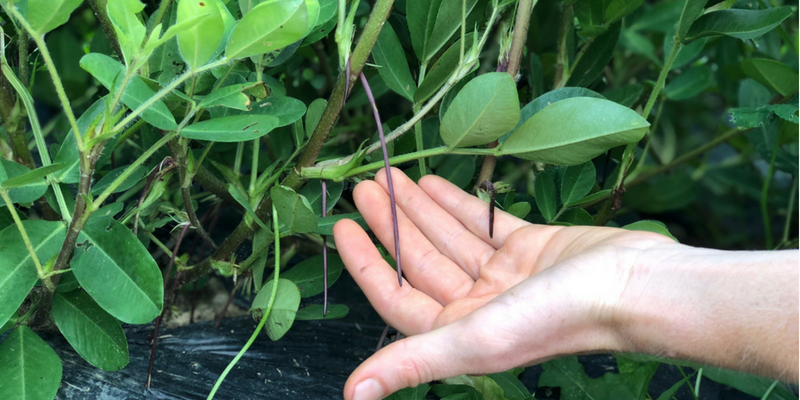
Peanuts have purple peduncles that drop to the ground, from the pollinated flower, to form each peanut underground.
When to Harvest Peanuts
Peanut plants will continue to mature peanuts underground until the first frost, when the plants finally die. And Friends, it’s important to harvest them right away. In our cold, wet fall soils, peanuts are susceptible to rot, especially as their leaves die back. We harvest as quickly as possible, the next day after frost if we can manage it, though if the ground is too wet we’re careful to stay out of the garden. Anytime within that first week after frost is still optimal.
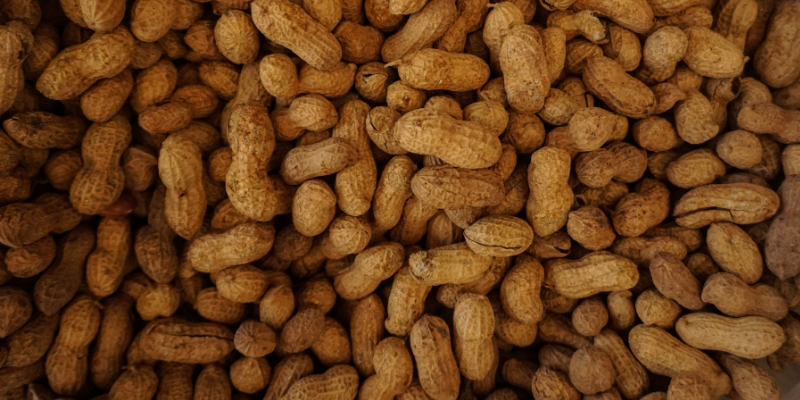
Harvest peanuts as quick as you can after frost, ideally within one week of the freeze.
How to Harvest Peanuts
“How did your potatoes turn out?”
“They didn’t turn out at all, I had to dig them out…!”
And the same is true for your peanuts. Before you yank their stalks from the soil, reach for your digging fork. Digging forks are better at loosening soil than shovels, but if a shovel is all you’ve got, great. No matter the implement, be sure you’re giving your peanuts a wide berth. With your digging fork going straight down, not angled, loosen the soil in a ten-inch radius around the base of each plant, ensuring you’re loosening soil without puncturing or severing any of your precious peanuts. Once the soil is thoroughly loosened around its base, pull the peanut up, holding each of its stalks (there are often four or more). You’ll likely pull quite a lot of soil up with your peanuts; gently knock as much as you easily can, leaving it right in your garden.
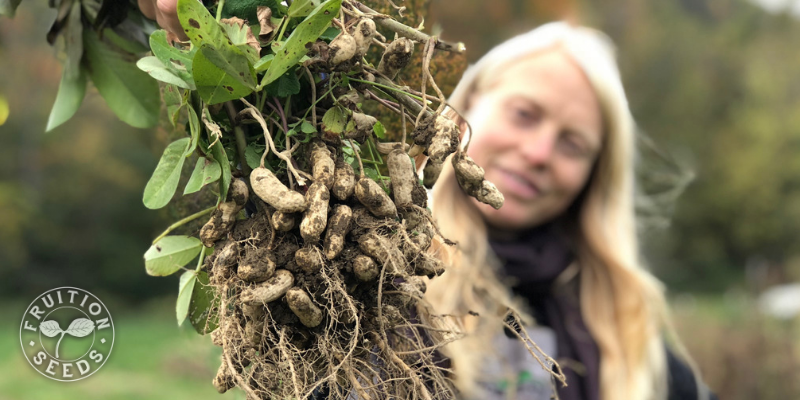
Shake off as much soil as you can, leaving it in your garden to grow more abundance.
How Many Peanuts?
In our coldest year on record here in the Finger Lakes, 2013, our Northern-Hardy Valencias averaged 21 peanuts per plant. In the warmest year on record, 2016, they averaged 42 per plant! Most years we harvest well above 30 peanuts per plant. Our Schronce’s Black peanut, below, matures nearly 30 peanuts per plant, as well.
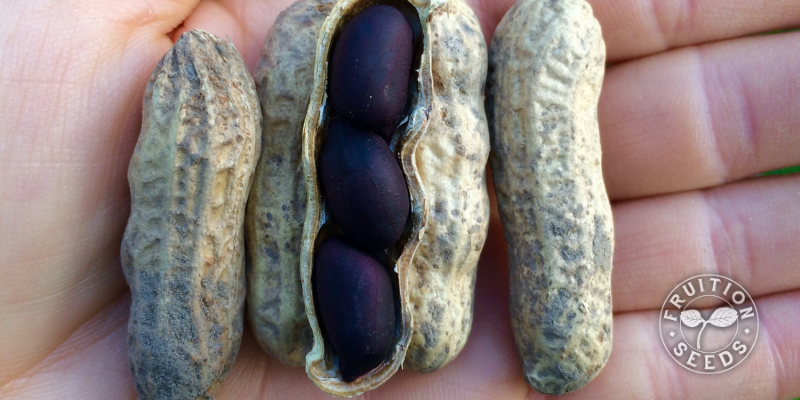
‘Schronce’s Black’ is another short season peanut, not quite as prolific as Northern Hardy Valencia, nonetheless averaging nearly thirty peanuts per plant.
Eating Peanuts
Here is what you need to know about peanuts: they are essentially dry beans, so they take quite of bit of time to cook. That being said, freshly dug ‘green’ peanuts take less time, about 34-40 minutes boiled or roasted, compared to fully cured, dry peanuts, which often take hours to soften.
My favorite way to savor our peanuts, I confess, is freshly dug and promptly boiled. I spent the first four years of my life in Kentucky and I think boiled peanuts are SO fun, not to mention delicious! My two go-to recipes are cooked for 24 hours in a crockpot. The first is a spicy, salty beer broth, the second is a chicken curry broth. I love to cook them til they melt in my mouth, though some people prefer to cook them al dente.
They are also marvelous roasted. To roast, toss them in abundant oil and plenty of salt, spreading them in a single layer on a baking pan. Tuck them in a 350 F oven for 35-40 minutes, turning them halfway through.
Note! Valencia types have less oil than Spanish peanuts, so they don’t make as satisfying a butter. By all means, make your own peanut butter! I find it’s thicker and less creamy with Valencias. I would love to know how you prepare your peanuts, Friends. Do share!
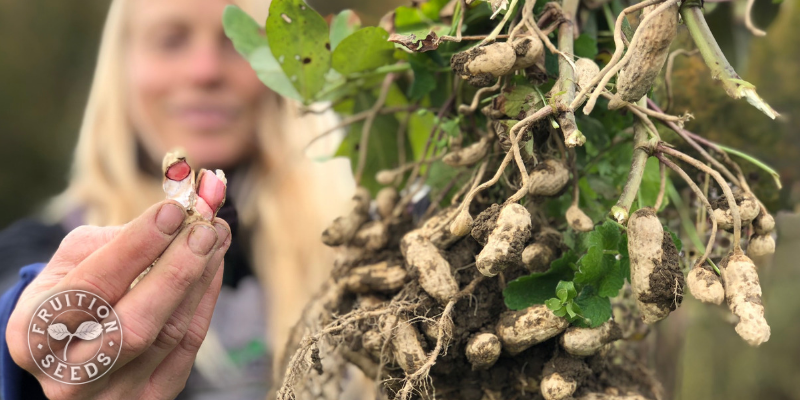
Peanut skins are pastel when they’re fresh, turning darker red or black as they cure.
Curing Peanuts
If you don’t plan on eating your freshly dug peanuts within ten days, cure them right after harvest. To cure, pluck each peanut off the stalk and dry them on screens in a warm, dry place with abundant airflow. We cure them in our greenhouse with additional fans blowing above and below. The faster they dry down, the better they’ll store. Your peanuts are dry when you crack open their shell and the peanuts inside are rock-solid with dark red or black skins. As they dry, any remaining soil will turn to dust and fall off. Store them in their shell, a rodent-proof, airtight container in a consistently cool, dry and dark place. For the deep dive on seed storage, enjoy our Secrets of Storing Seeds.
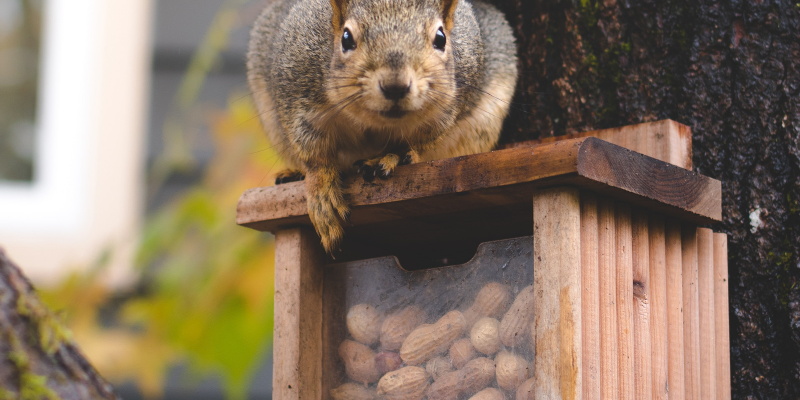
Who Else Eats Peanuts?
One final thought! Though it’s never happened to me, I’ve heard of an occasional marauder harvesting peanuts prematurely. Specifically, my friend Roger B. Swain, the host of the Victory Garden on PBS, has grown peanuts several times only to find he’s fed his resident chipmunks.
Our first year growing lots of peanuts, in September 2013, a groundhog moved into the garden bed they were growing in. I was convinced we would be lucky to harvest seven peanuts! Much to my surprise, not a single peanut seemed to be touched. My hypothesis is this: peanuts, like dry beans, are full of protein, yes. But it’s crude protein, very difficult for mammals to digest without cooking. Just as our dry beans are left in the pod, not apparently of interest to our resident fauna, the same seems to be true of our peanuts. May it be true for you!
Sow Seeds & Sing Songs,

and the Many Beings of Fruition
